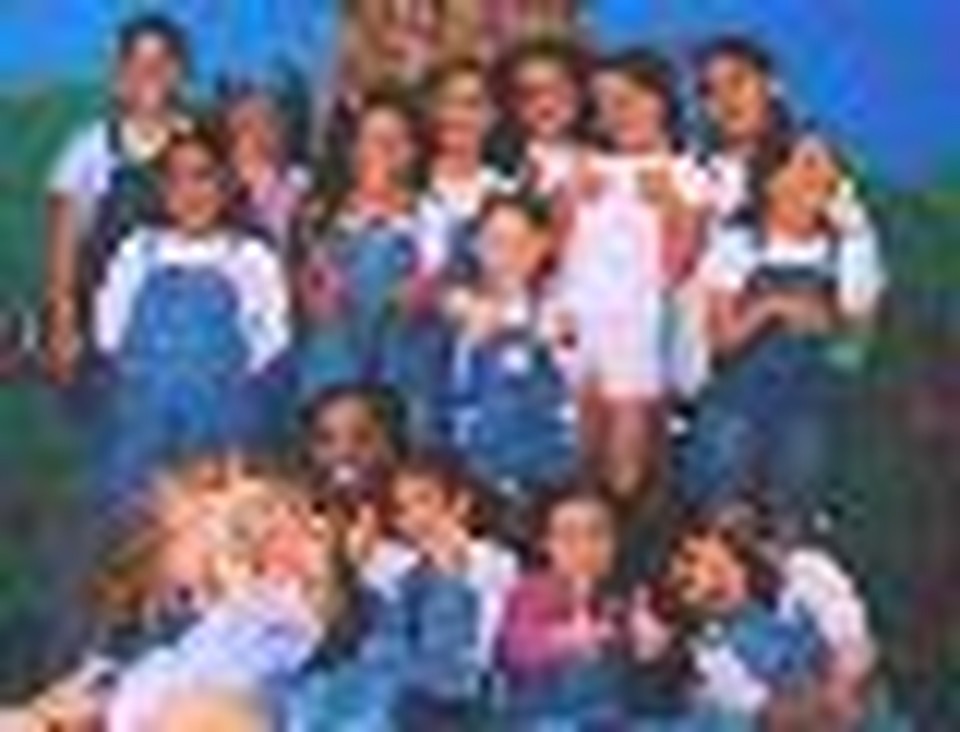Gotta Dance?

Dance has come a long way since the days of streamers and a few ill-executed steps to a popular inspirational music. It's likely that no one knows that better than Coast Hills Community Church in Aliso Viejo, Calif. After all, the church and its worship leader and Director of Creative Communication, Monty Kelso, have had a front row seat for the progression of the arts from outcast back into our sanctuaries' hallowed halls.
Founded in 1986, Coast Hills was fortunate to have a pastor whose wife was a dancer and choreographer. Her high regard for dance and its role in the church was passed on to the rest of the leadership resulting in early performances Kelso says were more "performance art." Today, they look back at those grand productions and laugh, but it was all part of the process. "I think we were just discovering, 'What is the role of dance here?'" Kelso recalls.
They've long since found an answer to that question, and they're eager to share what they've learned with others who want to incorporate the arts into their own services. For Kelso & Co. that has meant moving from big productions to using dance to enhance what else the church is doing. These days it's less about finding a great song so they have a reason to dance, and more about hearing a song that moves them and desiring to help communicate it's message more fully. This also allows those in leadership to look at dance in relation to the rest of the components in a service and see how it fits in the bigger picture.
"We look as our services as one big collaboration," Kelso says. "You have all these pieces that make up the puzzle and dance might be one piece out of five or six that create the picture. And the better the service is constructed, the more the dance has impact.
Failing to have that kind of "big picture" thinking can have a minimizing effect on many dance ministries. "Where a lot of people blow it is they just look at that one piece of the puzzle," according to Kelso, "but they don't build a service around it and so it's independent of the other components instead of interdependent."
FIRST THINGS FIRST
Of course, you may still be on the fence over whether or not to try to develop a dance ministry at your church. Maybe you're facing opposition from longtime church members whose favorite phrase is "but this is the way we've always done it." According to Kelso, there's more at stake than just whether some "interpretive movement" is going to shake up a segment of the congregation.
"As leaders in the church, we have to continually be purposefully engaging the next generation and preserving an intergenerational dynamic in the church, and to do that we have to include the next generation in our programming," he insists. And one great way to reach the next generation is through the arts.
"You know the story of Christ and transformation and redemption, but we can take the impact of that story one step further through music and the arts," Kelso explains. "For example, if someone's taught about redemption and you follow that up with a song that says 'thank you, God, for rescuing me and setting me free,' that song is going to be powerful on the back end of that message. But how much more powerful is it when you follow that message with a song and it's enhanced by dance? That's what dance does, it enhances a message that's just been taught. Oftentimes, it's the tipping point that sets the heart free."
WHERE TO START
Begin at the beginning. The biggest challenge you'll likely face is to find someone to lead your team. This isn't necessarily a professional dancer, but they should be someone who understands dance. Your perfect point person might be a 45-year-old former college cheerleader who understands movement and loves people. This person will need to help his or her team understand who they are as ministers and dancers, and help minimize the competitive edge that is programmed into most who've had extensive training. "There has to be the spiritual focus," Kelso says, "but at the same time this team leader needs to put a premium on skill and artistry while understanding what the big picture is."
Does the talent pool at your church seem a little shallow? Don't despair. Kelso says you can even start with non-dancers as long as you have someone in place who knows how to produce the performance so the end result is polished, not pitiful. Ease into dance by starting with kids or signing the words to a powerful song. And don't be afraid to take risks. "Try different things and work collaboratively with tech and with lighting," Kelso says, "because lighting makes or breaks a dance." But if you're church is small, don't think you have to start holding bake sales to pay for that new lighting system. The average church can achieve the desired effect by turning off the house lights and making good use of a couple of strategically placed can lights. In other words, get creative.
Originally published January 15, 2004.





